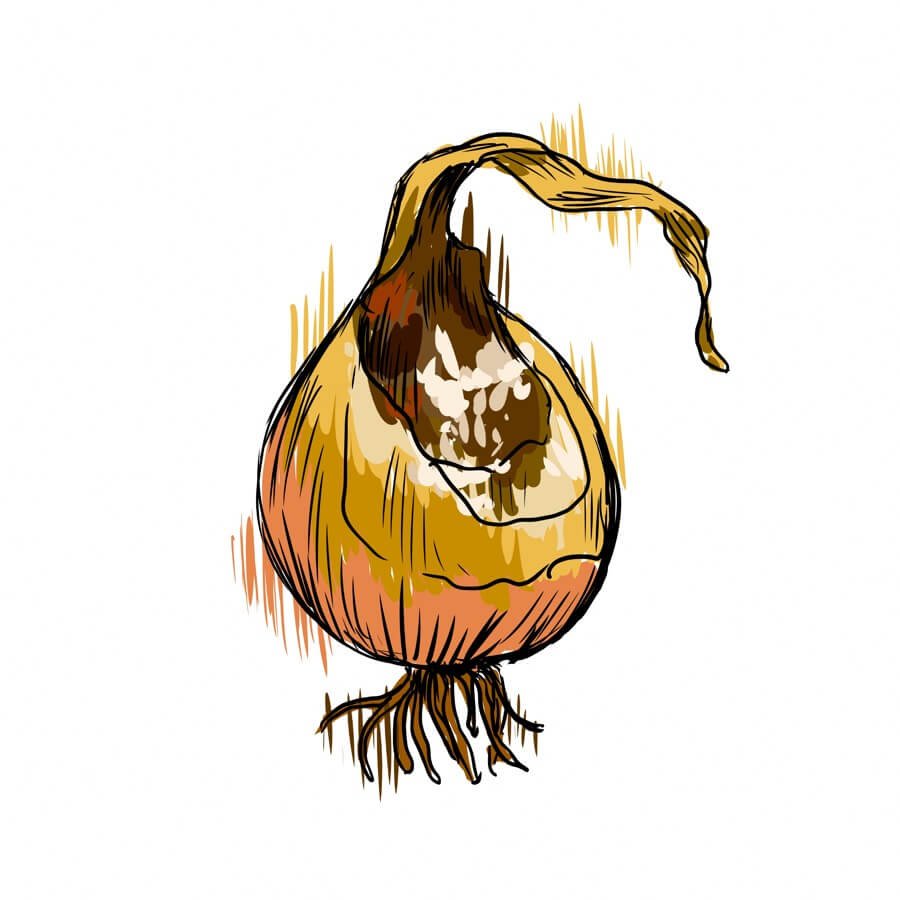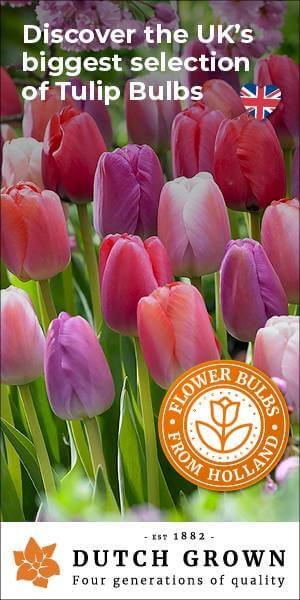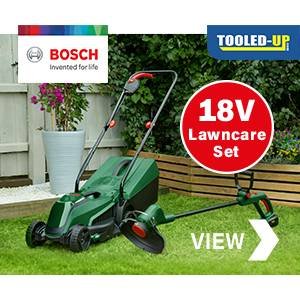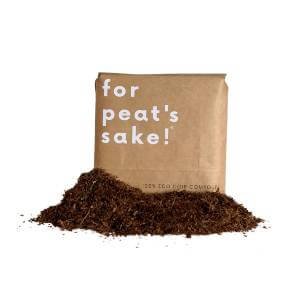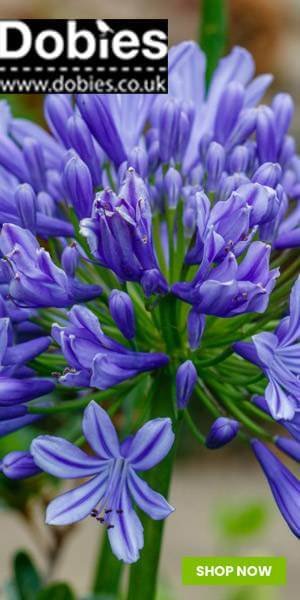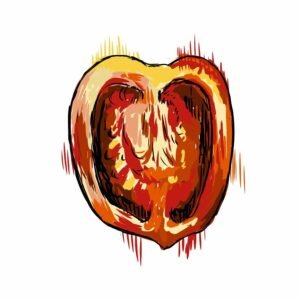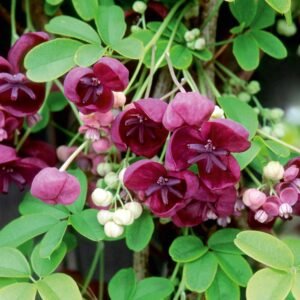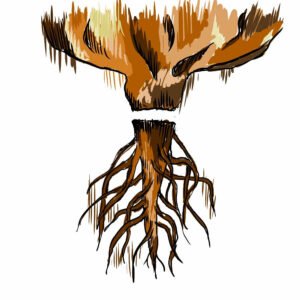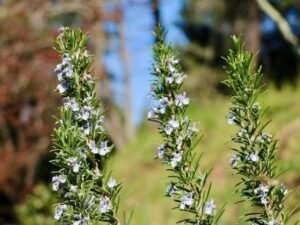Neck rot is a common and destructive disease affecting onions and other Allium crops. In this article, we will explore the causes, symptoms, prevention, and control measures for neck rot, providing you with the knowledge and tools to effectively manage this disease and protect your onion crop.
What is Neck Rot?
Neck rot is a fungal disease that primarily affects the neck region of onions and other Allium crops. It is caused by fungi belonging to the Botrytis and Fusarium genera. These fungi attack the plant’s neck tissue, leading to rot and potential crop loss. As the disease progresses, the onions become unmarketable and unfit for consumption.
Symptoms of Neck Rot:
The visible symptoms of neck rot are crucial for early detection and preventing further spread. Signs of neck rot include browning and softening of the neck tissue, shrivelling of outer scales, foul odour development, and overall plant wilting and death. Careful inspection of the neck region is essential for timely action to control the disease.
Causes and Contributing Factors:
Neck rot can develop due to various factors, including environmental conditions and cultural practices. Excessive moisture, poor air circulation, overcrowding, and compromised bulb quality due to physical damage or improper curing all contribute to the development and severity of neck rot. Understanding these factors is essential in designing effective prevention and control strategies.
Prevention and Control:
Cultural Techniques:
- Adequate soil drainage and fertility management: Ensure that the soil has good drainage, as standing water can promote the growth of fungi causing neck rot. Maintain proper soil fertility to support healthy onion growth.
- Rotating onion crops and avoiding consecutive Allium plantings: Crop rotation helps break the disease cycle by reducing the presence of fungal spores in the soil. Avoid planting onions or other Allium crops in the same area for consecutive seasons.
- Proper spacing and thinning: Adequate spacing between plants and careful thinning can improve air circulation, reducing moisture retention and minimising the risk of neck rot.
- Prompt and careful harvesting and curing practices: Harvest onions when they reach maturity and handle them with care to prevent mechanical damage. Allow onions to cure properly in a well-ventilated, dry environment before storage.
Chemical Treatments:
If cultural practices alone are not sufficient, chemical treatments can help control neck rot. Fungicides approved for neck rot control in onions are available. It is essential to follow product labels, adhere to recommended application rates and timings, and consider the potential impacts on the environment and beneficial organisms.
Resistant Varieties:
Choosing onion varieties with some level of resistance to neck rot can significantly reduce the risk of disease development. Resistant varieties are available, and selecting them can be an effective preventative measure.
Managing Neck Rot:
If neck rot is detected in your onion crop, it is crucial to take prompt action to prevent further spread.
- Remove and dispose of affected plants: Remove and destroy infected plants to prevent the spread of fungal spores.
- Clean tools and storage areas: Clean and sanitise tools and equipment to prevent the transfer of spores from infected plants. Clean storage areas to minimise the risk of post-harvest contamination.
- Implement improved cultural practices: Evaluate and improve cultural practices such as soil drainage, air circulation, and proper bulb handling and curing techniques to minimize the risk of neck rot in future crops.
Conclusion:
Neck rot can have a significant impact on onion crops, leading to yield losses and reduced quality. Understanding the causes, symptoms, prevention, and control measures for neck rot is crucial for effectively managing the disease. By implementing proper cultural practices, considering resistant varieties, and using chemical treatments judiciously when necessary, onion growers can minimise the impact of neck rot and protect their crop.
Frequently Asked Questions:
Here are some frequently asked questions (FAQs) about neck rot in onions:
- What is neck rot in onions?
Neck rot is a fungal disease that affects the neck region of onions and other Allium crops. It is caused by fungi belonging to the Botrytis and Fusarium genera and can lead to rot and decay of the bulbs.
- How can I identify neck rot in my onion plants?
Common signs of neck rot include browning and softening of the neck tissue, shrivelling of outer scales, foul odour development, and overall plant wilting and death. Careful inspection of the neck region is essential to detect the disease.
- What causes neck rot in onions?
Neck rot can develop due to several factors. Excessive moisture, poor air circulation, overcrowding of plants, physical damage to bulbs, improper curing, and compromised bulb quality all contribute to the development and severity of neck rot.
- Can neck rot be prevented?
While it may be challenging to completely prevent neck rot, several measures can help minimize the risk. These include improving soil drainage, practicing crop rotation, maintaining proper plant spacing and thinning, and following correct harvesting and curing practices. Choosing resistant onion varieties can also reduce the risk of neck rot.
- Are there chemical treatments available for neck rot control?
Yes, there are fungicides approved for neck rot control in onions. However, it is important to follow product labels, adhere to recommended application rates and timings, and consider the potential impacts on the environment and beneficial organisms.
- Can neck rot spread to other onion plants?
Yes, neck rot can spread to other onion plants. The fungal spores responsible for neck rot can be easily transmitted through contaminated soil, tools, and plant debris. Proper hygiene practices, such as cleaning tools and equipment and removing and disposing of infected plants promptly, can help prevent the spread of the disease.
- Can I still eat onions affected by neck rot?
Onions affected by neck rot are not suitable for consumption. The rot and decay can compromise the taste, texture, and overall quality of the bulb. It is recommended to discard infected onions and avoid using them for culinary purposes.
- How can I manage neck rot in my onion crop?
Management of neck rot involves a combination of cultural practices and, if necessary, chemical treatments. Good agricultural practices, such as improving air circulation, ensuring proper soil drainage, and maintaining healthy plants, can help manage neck rot. Prompt action, including removing and disposing of infected plants, cleaning tools and storage areas, and implementing preventive measures, is crucial.
- Are there onion varieties that are resistant to neck rot?
Yes, there are onion varieties available with some level of resistance to neck rot. Choosing resistant varieties when available can lower the risk of disease development. However, it is important to note that resistance may vary, and other cultural practices should still be implemented to minimise the overall risk.

